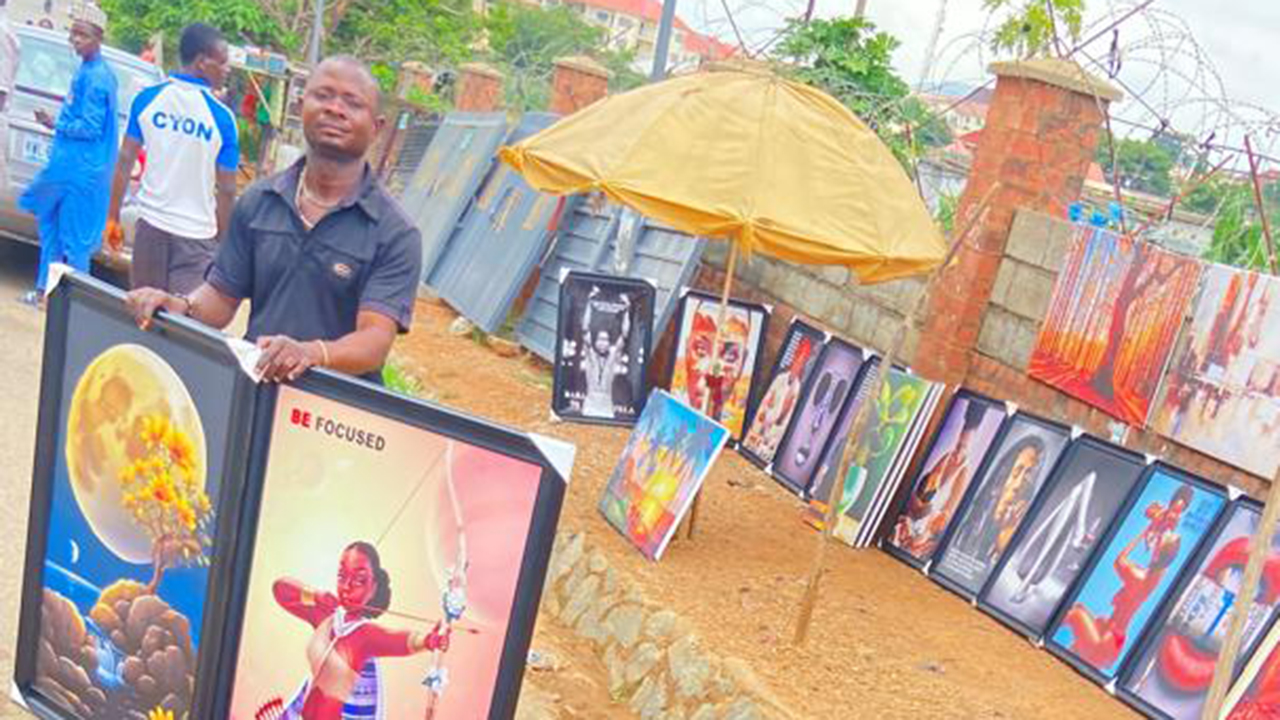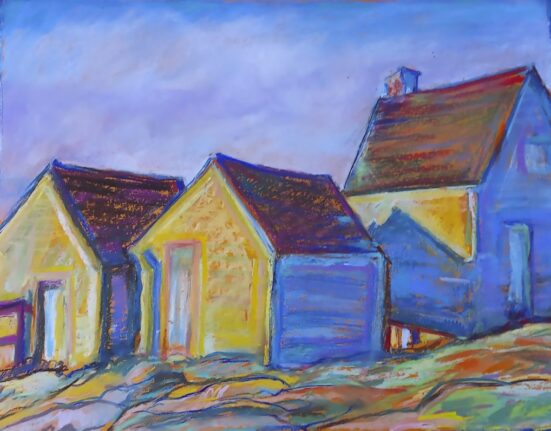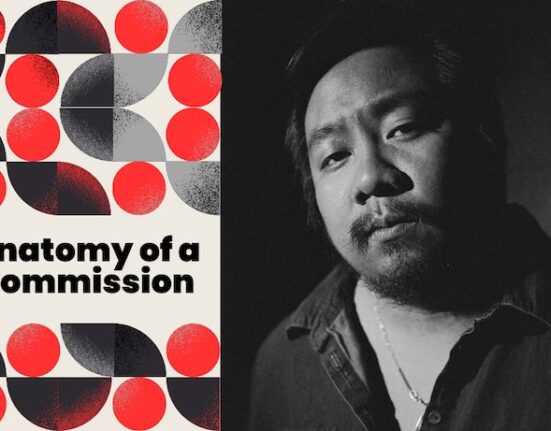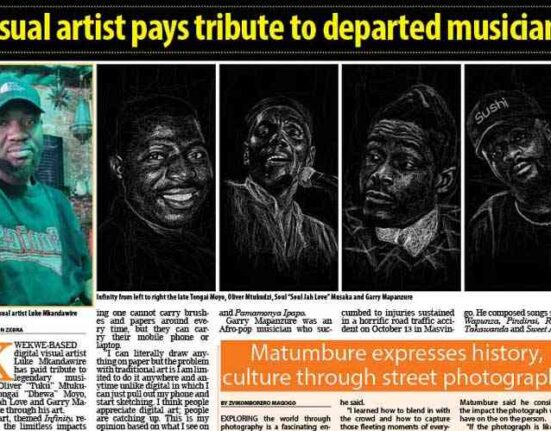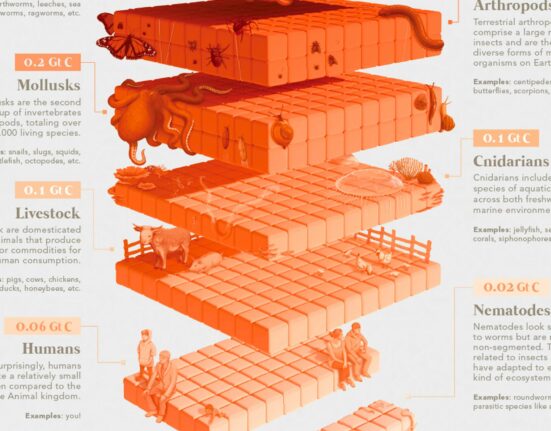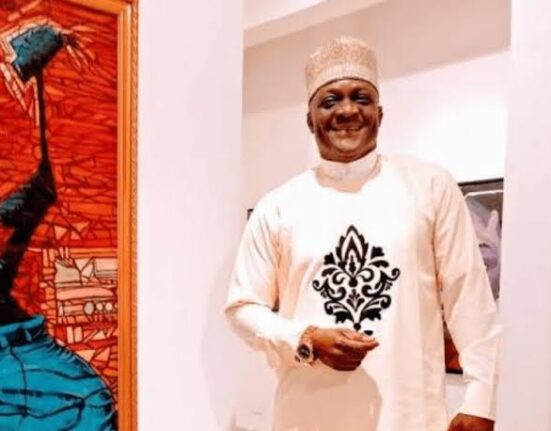As you take a drive through Abuja municipality, you can’t help but notice the stunning art pieces displayed on the streets and on pedestrian walkways along the main roads and intersections in both the city centre and surrounding satellite towns by vendors.
These vendors are scattered around city centres such as Jabi, Gwarimpa and Wuse, and satellite towns like Dutse, Kubwa and Bwari. They prefer to risk their lives hawking rather than getting actual shops to sell their art pieces. For instance, small art pieces such as those sized 8″ x 10″, 16″ x 20″ and 10″ x 12″, typically sell in galleries for prices ranging between 20,000 to 30,000 naira. However, pieces of the same size can be sold for as low as 10,000 to 15,000 naira on the street.
On the other hand, larger art pieces like those sized at 21″ x 32″, 20″ x 24″ and 22″ x 34″ usually sell for not less than 100,000 naira and can go up from there, on the street printed art pieces are sold for as low as 50,000 naira or less.
Many believe this continued display of art pieces on the street diminishes their value and shows a lack of appreciation for the efforts their creators.
According to artists, who spoke with The Guardian, this can have negative and lasting consequences for not just the Abuja visual art community but the entire industry.
Some have also questioned the relevance of National Gallery of Art (NGA) and the Art and Craft Village, which have failed to find a lasting solution to the menace.
Speaking to The Guardian, a sculptor and woodcarver, Jide Armstrong, believes these vendors are trying to survive, but their actions are more detrimental to the visual art space.
According to him, originally crafted art pieces are currently underpriced because of vendors who go about selling substandard printed art pieces for lesser prices.
He said: “This is the era where AI is putting actual visual artists out of jobs. Anybody can just make an AI replica of your art, frame it and give it to street art vendors market. I feel artists should adjust with the evolving times.
“My friend, who’s a painter, has been thrown out of the art business because art pieces are underpriced, and this is a result of the many substandard prints in the streets. The visual art sector is in dire need of restructuring. The place of an artist is under threat by people whose quest to survive is misplaced. There are agencies and parastatals saddled with the responsibility of ending this menace; they should step up.”
Chigozie Thomas lamented that street art vendors are the major enablers of intellectual property theft. He said: “It is troubling that everyone is acting as if street art vendors pose no threat to the visual art sector. You create a painting, and before you know it, there are already replicas of that painting selling at a ridiculously low price on the street. This is not the way to go. The chairman of the Society of Nigerian Artists should be held responsible.”
An artist and vendor, Matthew Aremu, believes street art vendors have a place in the pyramid of art marketing. He stated: “I don’t believe Nigeria can do without street art vendors because they are more direct with the art consumers. Rather than paying extra to go to the craft village, one can get a good masterpiece on the street. The only problem is that it can be poorly produced or a counterfeit of the original one. I still believe they have a place in the pyramid of art marketing. The NGA can absorb them and create other better means of displaying and marketing these art pieces.”
Some street art vendors such as Okon Akan insist that rather than the government expending so much energy in chasing them out of the street, they should make available other viable alternatives.
According to him, NGA needs to step up and create more accessible galleries. He said: “An art piece is a luxurious commodity that needs an intentional form of marketing. What we street vendors are trying to do is take this art piece to the people who need them. NGA hasn’t lived up to expectations. There should be more galleries and viable options that will make us leave the street.”
Another vendor, Ikechukwu Madu, revealed getting a shop at the craft village is not only exorbitant but unnecessarily complicated. He called on government to build more shops and make them accessible to artists. “There are limited number of shops for visual artists at the craft village, and that has made it too expensive and inaccessible for artists. The idea of having a centralised market for artists is laudable, but they should be within their reach.”
The Chairman, Society of Nigerian Artists (FCT), Aderinkomi John Adeleye, described the trend as embarrassing and a threat to the visual art sector.
Aderinkomi disclosed that the menace is fueled by a cartel within the FCT determined to sabotage the sector. He called on relevant agencies and parastatals to rid the streets of these vendors before they wreck more damage on the sector.
In his words: “It is embarrassing the new trend of proliferation of both painted and prints that are substandard in every nook and cranny of Abuja streets. A study conducted revealed a certain cartel in charge of displaying foreign prints of artworks on every major junction of Abuja streets the situation has assumed an alarming proportion. The bastardisation and poor presentation of artworks on the street must be regulated.
“The implication is that it devalues Nigerian art both socially and economically. It also misrepresents us at the international level, if a sub-standard artwork is got from the street and then taken outside the shores of Nigeria, it will be assumed Nigeria artists lack the ability to stick to standards. I, therefore, call on relevant agencies such as NGA to sanitise our streets from these vendors. Taskforce should be mobilised to peacefully mop them out, they should be street enforcement.”
Reacting to the issues, the Manager of Arts and Craft Village, Dr Sulieman Yahaya, said the village cannot house all the artists in Abuja owing to its diverse function.
He called on NGA to build more galleries and collaborate with other sister agencies to empower visual artists. He stated: “The art village in Abuja provides a space not only for visual artists but also for performing artists. The village, however, cannot accommodate all the artists in the city due to its diverse functions. To address this, NGA must consider constructing additional galleries and partnering with us to establish more art space.
“To elevate Nigerian art to a global platform, the gallery needs to implement comprehensive empowerment programs aimed at reducing the reliance on street art vendors. This strategic approach will not only support the artists but also contribute to the growth and recognition of Nigerian art on an international scale.”
The Director General of the National Gallery of Art, Ahmed Bashir Sodangi, in his response, said street art vendors are not illegal but can be empowered to market art in a more strategic environment. He said that his agency is currently in the process of creating a structure that could help control and regulate these vendors.
In his words: “I don’t consider street art vendors as illegal, to be honest. It’s another way of showcasing their creativity. Maybe it is not channeled in the proper direction. I do understand their actions limit authenticity. NGA is currently in the process of setting up a structure: A structured market for street art vendors to make them recognise that they can have more value from their artworks. Selling them on the streets limits authenticity; and part of the things that give value to artwork are the actual authenticity. As an agency, we have not lived up to our fullest potential in terms of awareness and credibility.”
Sodangi disclosed that the agency is invested in certification and documentation of artists and their works.
“Moving forward, we intend to go into the documentation of these artists and the artwork and certification. We are going to have a proper certification process where you come in; you certify your artwork such that even if you sell it to anybody home or abroad, it has a proper certificate that says that it originated from Nigeria. The biggest challenge we want to surmount is bridging the gap between the artist and the market because the market is there.
“Nigerian art is one of the most sought-after arts in the world. We have a lot of people coming in because we know that the art business is booming. Lagos is doing a great job. Abuja is coming up. We want to harness that opportunity and bring it closer to the artist. We intend to have a proper record of artwork originating from Nigeria. In situations where our art world leaves the shores of Nigeria, certification and clearance should be from NGA. This is one of the things that will help artists have more confidence,” he said.

